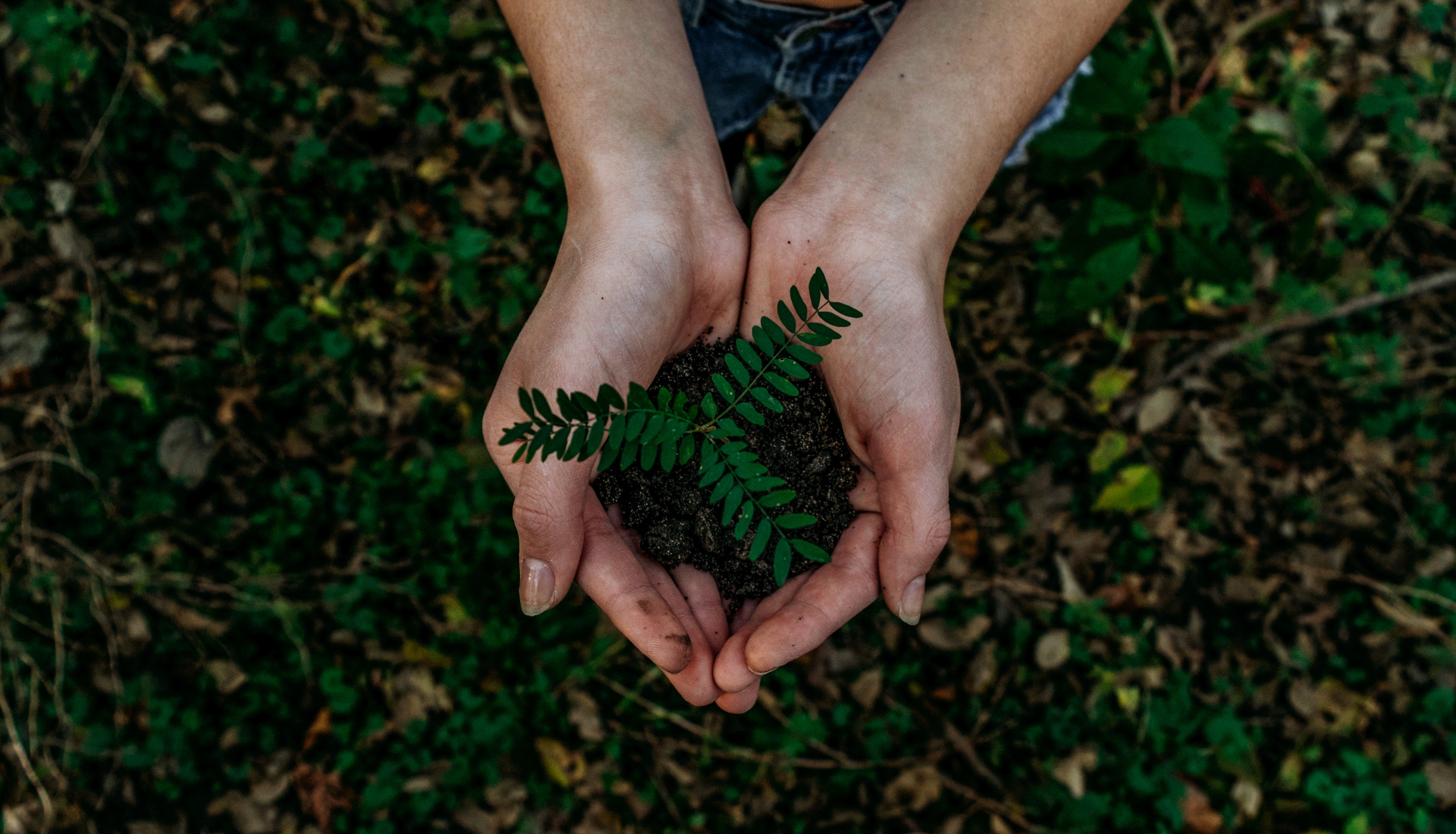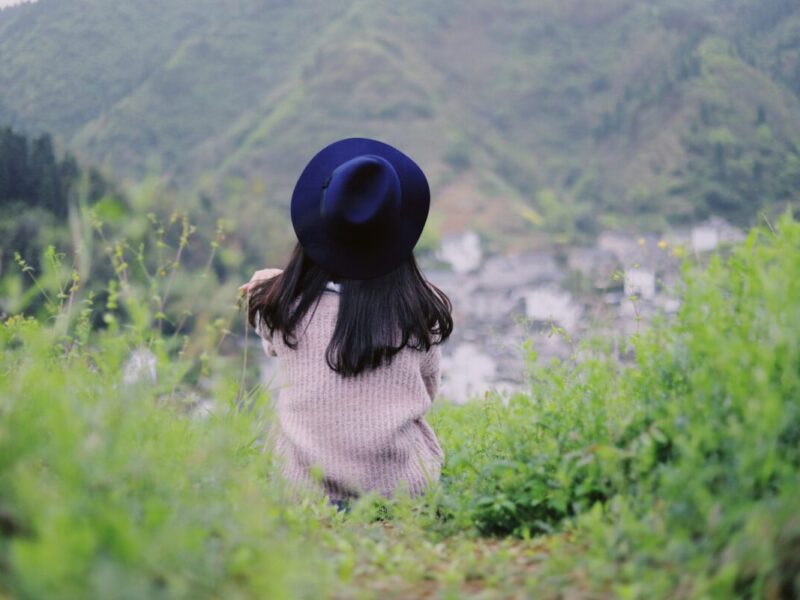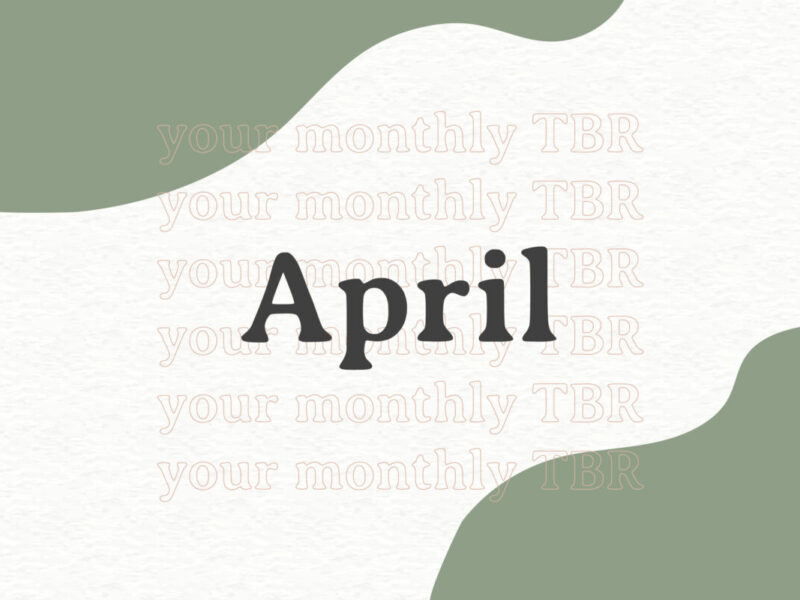Poetry’s most popular themes come to mind easily: love, death, and—of course—nature. Though nature’s role as poetic inspiration can be traced back to the BC era, it gained popularity in the 19th century, when pastoral poetry showcased rural life and when poets like Henry David Thoreau sought refuge from society.
But, just like poetry overall, today’s nature poetry movement is changing. Instead of red wheelbarrows and paths less traveled, fiery and determined voices are exploring environmental issues like climate change, extinction, and pollution through poems. Recently, a 2018 anthology titled Here: Poems for the Planet aimed to popularize and gather “eco-poetry,” aspiring to motivate potential world changers through hope, rather than fear.
With their powerful words, environmental poets illuminate our role in the world and how our responsibility to our planet changes as our environment begins to look more and more unfamiliar. These poets will inspire you to embrace the fight against climate change and defend our planet’s beauty.
Maggie Nelson, author of Something Bright, Then Holes
In Something Bright, Then Holes, Nelson draws an evocative connection between the natural world and humanity. Haunted by heartbreak and a close friend’s illness, the speaker in this collection flees to the Gowanus Canal hoping to find solitude and peace but is met with pollution and contamination.
Nelson describes “the water / swollen with debris / The blue wrapper of an Almond Joy; / the hourglass of a Maxi.” In placing these unnatural, manmade, and distinctively modern images alongside nature, Nelson creates an uneasy juxtaposition. Even though the speaker has tried to escape, the presence of these details seems to suggest that we can’t escape our environment or our actions.
In spite of this, Nelson shows that there is beauty and hope in trying, whether that be in a relationship or in terms of our global impact, and to never be too cynical to remain awestruck by the beauty of nature.
“The sky is amazing / tonight, full of blurry swans,” Nelson writes in another poem. “Why should I keep writing you? I ask. Because there’s purity in it.”
Camille T. Dungy, author of Smith Blue
The blurb on this book hails it as “a survival guide for the modern heart taking on twenty-first-century questions of love, loss, and nature.” In her poem “The Blue,” Dungy rails against the artificial, modern comforts we have gained at the expense of nature. She paints “The wild fields bisected / by the scenic highway, canyons covered with cul-de-sacs, / gas stations, comfortable homes, the whole habitat / along this coastal stretch endangered, everything / everyone, everywhere in it danger as well.”
But later, Dungy focuses on the image of a “solitary blue butterfly,” calling it both “struggling” and “fragile.” The point is clear; the responsibility is on humanity to protect this butterfly.
Luckily, Dungy assures us that we have the strength. In the last stanza of her poem “First Fire,” she lays out a call and a path for revolution, writing, “into the still streets of our suburb, feet burning / against a fury that we did not know was change.”
Juliana Spahr, author of That Winter The Wolf Came
Spahr received the Hardison Poetry Prize for That Winter The Wolf Came, awarded to U.S. poets whose work demonstrates “imagination and daring.” These traits shine through her poems, which link environmental exploitation with sexism and other social issues.
While many poems show how people impact the environment, Spahr takes a deeper dive into the cycle, revealing how environmental devastation ultimately hurts humanity. In “Dynamic Positioning,” a poem about an oil spill, Spahr argues that we all contribute to environmental issues like these, calling it “our oil,” perhaps to emphasize the collective responsibility of caring for our planet.
“The well / Exploded … I watched it then burn on a flat screen,” Spahr writes.
In the current 24-hour news cycle, this retelling hits close and forces us to ask ourselves: Aside from just watching, how are we taking action?




